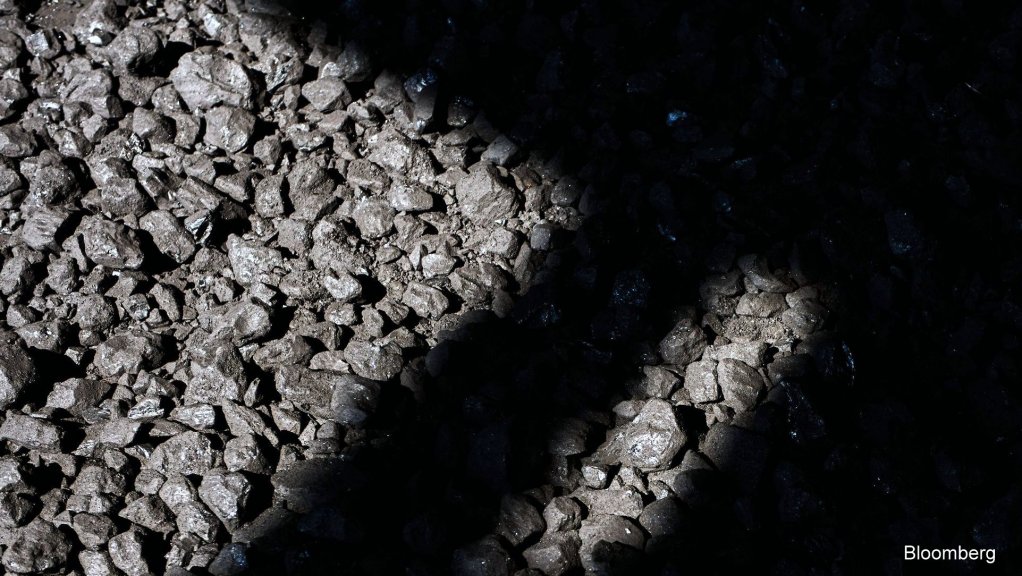Despite the rapid expansion of renewable energy generation capacity, the considerable growth of electricity demand in key economies indicates the world’s consumption of coal will stay largely stable this year and next, intergovernmental agency the International Energy Agency (IEA) says.
Global coal demand is set to remain broadly unchanged both this year and in 2025 as surging electricity demand in some major economies offsets the impacts of a gradual recovery in hydropower and the rapid expansion of solar and wind energy, the agency’s ‘Coal Mid-year Update’ report shows.
The world’s use of coal rose by 2.6% in 2023 to reach an all-time high, driven by strong growth in China and India, the two largest coal consumers globally, the report finds.
The IEA notes that, while coal demand grew in both the electricity and industrial sectors, the main driver was the use of coal to fill the gap created by low hydropower output and rapidly rising electricity demand.
In China, which accounts for more than half of global coal consumption, electricity generation from hydropower has been recovering this year from last year’s exceptionally low levels.
This, alongside the continued rapid deployment of solar and wind, is significantly slowing down the growth in coal use this year.
However, another major yearly increase in China’s electricity demand, forecast at 6.5% for this year, makes a decline in the country’s coal consumption unlikely, the IEA posits.
In India, coal demand growth is set to decelerate in the second half of the year as weather conditions return to seasonal averages.
In the first half of the year, India’s coal consumption rose sharply as a result of low hydropower output and a considerable increase in electricity demand owing to extreme heat waves and strong economic growth.
Coal demand in Europe is continuing on the downward trend that began in the late 2000s, largely owing to emissions reduction efforts in power generation, the report outlines.
After having fallen by more than 25% in 2023, coal power generation in the EU is forecast to drop by almost as much again this year.
Coal use has also been contracting significantly in the US in recent years, but stronger electricity demand and less switching from coal to natural gas threaten to slow this trend this year, the IEA avers.
Japan and Korea continue to reduce their reliance on coal, although at a slower pace than Europe, it adds.
“Our analysis shows that global coal demand is likely to remain broadly flat through 2025, based on today’s policy settings and market trends,” says IEA energy markets and security director Keisuke Sadamori.
“The continued rapid deployment of solar and wind, combined with the recovery of hydropower in China, is putting significant pressure on coal use. But the electricity sector is the main driver of global coal demand, and electricity consumption is growing very strongly in several major economies.
“Without such rapid growth in electricity demand, we would be seeing a decline in global coal use this year. And the structural trends at work mean that global coal demand is set to reach a turning point and start declining soon,” Sadamori explains.
On the supply side, global coal production is expected to decrease slightly this year after steady growth the year before.
Coal production in China is moderating after two years of staggering growth. In India, the push to boost coal production continues, with a supply increase of about 10% expected for this year.
In advanced economies, coal production is in decline, broadly reflecting demand, the report indicates.
The IEA finds that trade volumes are at the highest levels ever seen despite the collapse of imports in Europe and the decline in imports in Northeast Asia (Japan, Korea and Chinese Taipei) since 2017.
However, other countries are stepping in to take up available supply. Vietnam is set to become the fifth-largest coal importer, surpassing Chinese Taipei, this year. Imports to China and India remain at all-time highs.
With regard to trade, according to the report, all major exporters including Colombia and South Africa, except for Russia, increased their exports during 2023.
Despite declining domestic production in China in the first half of this year, tighter sanctions on Russian producers and disruptions in a few exporting countries, the global coal market is well supplied, according to the report.
With more stable natural gas prices than in recent years, coal prices remained range-bound in the first half of the year. They have returned to levels last seen before the global energy crisis but remain elevated owing to inflationary pressures, the IEA states.
EMAIL THIS ARTICLE SAVE THIS ARTICLE ARTICLE ENQUIRY
To subscribe email subscriptions@creamermedia.co.za or click here
To advertise email advertising@creamermedia.co.za or click here











